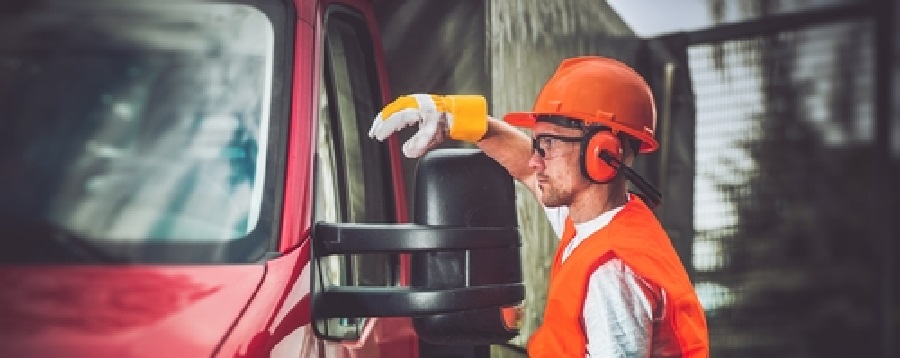
Support Safety with Hard Hats that Fit

An article in the March issue of OH&S magazine describes the importance of selecting a hard fat that fits correctly and comfortably. Author Katie Twist-Rowlinson, product manager for Fibre-Metal® Hard Hats and Welding, Honeywell Safety Products, offers some perspective on hard hat construction, regulations and fit tips. Here’s a recap of key points:
Basic hard hat design
Hard hats use a rigid shell and internal suspension system to protect the head from impact. The shell acts as a barrier to prevent penetration, and the suspension dissipates impact energy. Though hard hats have been used for decades, their basic materials and mechanisms have been slow to evolve. Recent research and advances in design and materials are paving the way for a new era of head protection.
Hard hat use is required, but…
The American National Standards Institute (ANSI) states that hard hats must be worn wherever the risk of electrical shock, burns or impact or penetration from falling or flying objects exists. OSHA says it is the employer’s responsibility to provide head protection for its workers when they are exposed to the possibility of head injuries. That includes falling objects, struck-by hazards and more.
The CDC reports that the construction industry has the greatest number of both fatal and nonfatal traumatic brain injuries (TBI) among U.S. workplaces. From 2003 to 2010, TBI deaths represented 25% of all construction fatalities and 24% of all work-related TBI fatalities among all industries.
But anyone who has spent time in a hard hat knows that comfort is key to keeping them on workers’ heads.
What happens to the #csrulebreakers without adequate head protection:
Key factors to consider when selecting hard hats for your workforce:
Protection First
Select a hard hat that meets ANSI standard Z89.1-2014 for industrial head protection. Consider if workers need top-of-head or lateral protection, electrical protection, brims or back-of-head protection. New, lighter-weight shells with low-profile designs provide improved comfort and fit compared to heavy old-style hats, while still affording required protection.
Proper Fit
The hat should sit securely on the head to ensure it won’t move out of place on impact, or when workers move or bend over, but without pinching or pressure points. Suspensions commonly feature a single adjustment in the rear, but newer styles offer multiple adjustment points to fine-tune the fit. Rigid plastic suspensions are less comfortable than newer materials.
Chin straps are another consideration. Be sure to consider additional PPE that may be worn with the hat, such as hearing protection. PPE accessories will add weight and can interfere with hat fit and balance.
Try Before You Buy
Consider asking for a trial and set up a test committee. Have workers try hats and give feedback so you can determine which style best meets the needs of your workplace.
Head injuries are on the rise, so now is a good time to consider upgrading to the added safety of a modern hard hat.
Learn more about hard hats:
- Read the full article.
- Review the OSHA 1910.135 head protection standard.
- Learn more about ANSI Z89-1-2014.
- Browse PPE-head signs or hard hat labels at ComplianceSigns.com.
- Browse general construction safety signs.

